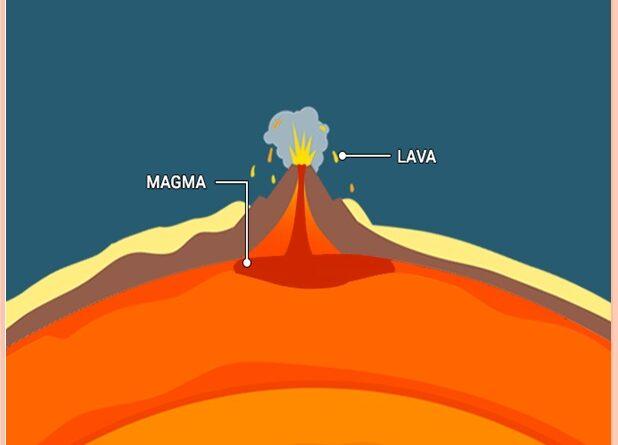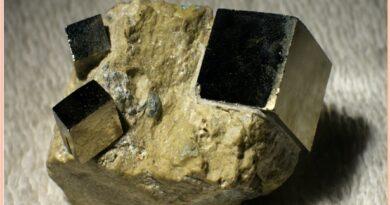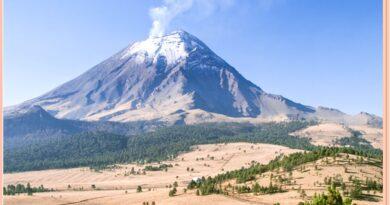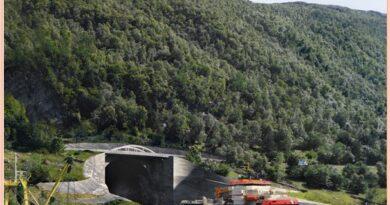How Magma associated with Plate Margin and Principal Magma Series
Magma Association and Principal Magma series
Most of the magmas in the world appear to be generated at plate margins, where the two plates collide or pull apart from each other, the exception being transform faults. The chief environments of magma production are- Plate margin setting (Subduction zone and oceanic ridges) and intraplate environments. Plate margins are characterized by a combination of tectonic and topographic features- oceanic ridges, Benioff zones, young fold mountains, and transform faults.
Plate margins
There are three main types of plate margin-
Divergent margins or Constructive margins where the newly created lithosphere is being added to plates that are moving apart at oceanic ridges.
Convergent margins can be destructive margins, where one plate after the collision is carried down into the mantle, beneath the bordering plate, at a subduction zone, where two island arcs or continents, or an arc and a continent, are colliding. or
Conservative margins or transform fault, where two plates are slip to each other in the direction of the strike. All three margins are seismically active, with volcanic activity at constructive and destructive margins.

Intraplate Setting
A third tectonic setting where volcanism occurs is called intraplate- or hot-spot, which describes a volcanic activity that occurs within tectonic plates and is generally not related to plate boundaries and plate movements. Most volcanic activity occurs at plate boundaries, but there are also a large number of volcanoes located within a plate, some of which are exceptionally active. These areas are known as intraplate volcanism and are called hot spots.
Causes of hot spot volcanism
Research says that hotspots are the result of mantle plumes – bodies of warmer, and thus lighter, material within the mantle that rises by convection. It is imagined that these plumes rise as a plastically deforming mass that has a bulbous plume. Plumes have more or less circular cross-sections and are thought to Originate deep in the mantle. As a Plate moves over a base of the lithosphere, it spreads outward into a mushroom shape. Such plume heads are thought to have diameters between ~500 to ~1000 km. As the plume rises, pressure drops, while the temperature stays high. This causes decompression melting of the hot mantle material. It is thought that the massive flood basalt provinces on earth are produced when large mantle plumes reach the lithosphere.
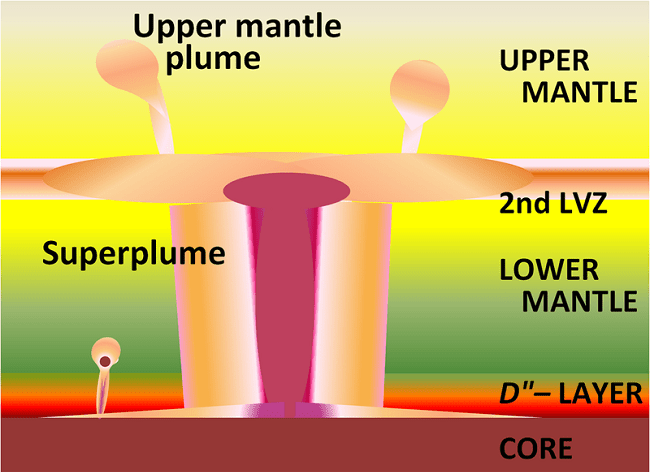
Three principal magma series are recognized in the world-
Tholeiite Series-
It is characterized by extensional stress regimes such as ridges, marginal seas, and continental rifts. The dominant rock type is tholeiite (an Olivine-free basalt). Rock types of the tholeiitic magma series include tholeiitic basalt, Ferro-basalt, tholeiitic basaltic andesite, tholeiitic andesite, dacite, and rhyolite. Extensional Stress is caused due to the divergent plate movement.
Rocks in the tholeiitic magma series are classified as sub alkaline (they contain less sodium than some other basalts) and are distinguished from rocks in the calc-alkaline magma series by the redox state of the magma they crystallized from (tholeiitic magmas are reduced; calc-alkaline magmas are oxidized).
Tholeiitic rocks are the most common igneous rocks in Earth’s crust, produced by submarine volcanism at mid-ocean ridges and make up much of the ocean crust. Tholeiitic series magma is initially generated as partial melts of peridotite (olivine and pyroxene) produced by decompression melting of the Earth’s mantle. Tholeiitic basalt constituting the oceanic crust is termed mid-ocean-ridge basalt. Throughout the process of igneous differentiation, the oceanic crust acts to reduce the magma, producing the tholeiitic trend. In contrast, alkali basalts are not typical of ocean ridges but are erupted on some oceanic islands and on continents, as also is tholeiitic basalt.
The rock type is dominated by olivine, clinopyroxene, and plagioclase, with minor iron-titanium oxides. Orthopyroxene or pigeonite may also be present in tholeiitic basalt, and olivine, if present, may be rimmed by either of these calcium-poor pyroxenes. Tridymite or quartz may be present in the fine-grained groundmass of tholeiitic basalt, and feldspathoids are absent. Tholeiitic rocks may have a fine, glassy groundmass, as may other types of basalt.

Calc-Alkaline Series-
Calc alkaline volcanism is typical of small back arc and fore-arc basins and subduction zones which are associated dominantly with compressive stress. It is characterized by a predominance of andesite in volcanic terranes and of granodiorite in plutonic terranes. Compressive stress is caused due to Convergent plate margin.
Calc-alkaline rocks are a broad group of volcanic and plutonic rocks found in modern island arcs, cordilleran continental margins, and ancient orogenic belts. The group includes mineralogies ranging from mafic basalts, through intermediate andesites to the felsic and silicic dacites and rhyolites. Peacock (1931) used the term to describe rocks with total SiO2 in the range 55–61 wt.%, where Na2O + K2O wt.%/CaO wt.% was >1. Such rocks contain little or no free silica (quartz, tridymite, cristobalite), are dominated by feldspars, hornblende, and/or augite, and never contain feldspathoids, alkali pyroxenes, or alkali amphiboles.
Also, read- What are dams and their type
Calc-alkaline rocks are rich in alkaline earth (magnesia and calcium oxide) and alkali metals and make up a major part of the crust of the continents. The diverse rock types in the calc-alkaline series include volcanic types such as basalt, andesite, dacite, rhyolite, and also their coarser-grained intrusive equivalents (gabbro, diorite, granodiorite, and granite). They do not include silica-undersaturated, alkalic, or peralkaline rocks.

Alkali Series-
Alkali Series is characterized by alkali Olivine basalts and Least abundant of the three. The other alkali rocks such as nepheline, trachyte, latite, phonolite, etc. It is frequently found in the regions of minor stress (compressional or extensional) such as ocean basins and cratonic areas.
The alkaline magma series is a chemically distinct range of magma compositions that describes the evolution of an alkaline mafic magma into a more evolved, silica-rich end member. Alkaline magmas are characteristic of continental rifting, areas overlying deeply subducted plates, or intraplate hotspots. They are more likely to be generated at greater depths in the mantle than sub alkaline magmas. Alkaline rocks are rare in the Archean, but become common in the Proterozoic. Alkaline rocks with an age close to 570 million years are common around the perimeters of many continental shields and are evidence of worldwide rifting at that time.
All alkaline series magmas are thought to have evolved from a primitive mafic alkaline magma, either an alkalic picrite basalt or an ankaramite. This evolves into an alkali olivine basalt or basanite. Thereafter the series branches to the sodic series, the potassic series, or the nephelinic, leucitic, and analcitic series.
Sources-Osti.gov.sciencedirect.com, Researchgate.net, wikipedia.org
